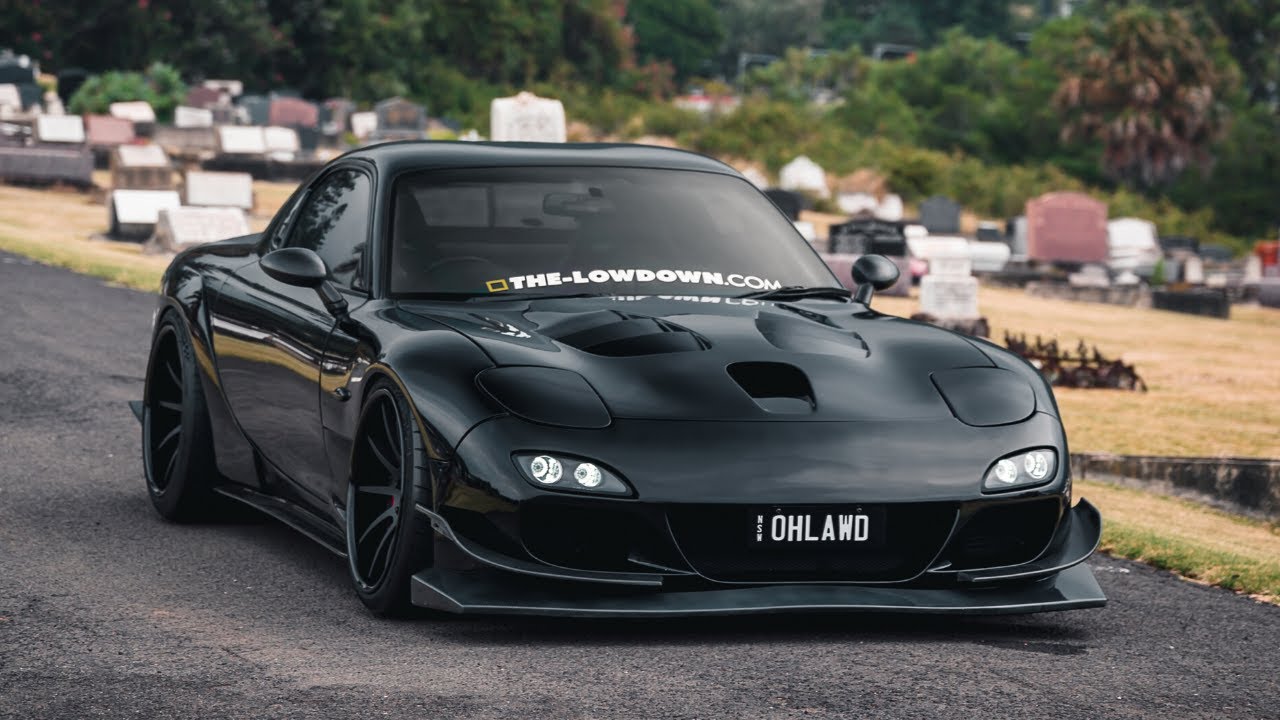
What is JDM? While most know that the abbreviation stands for Japanese Domestic Market, few understand the difference between a Honda in Japan and a Honda selling in the US. Because there is a difference in just about everything – speed, power, handling and of course, safety and reliability. Not to say that the Japanese are selling unreliable cars in the US because they aren’t. It's just that the Japanese tend to hold themselves to a higher standard so their cars, the ones sold only in Japan, tend to be better.
Also, the sheer power of a JDM car, and its modularity that allows you to build upon it, are unmatchable. There are reasons why the JDM car is so much in demand, and a lot of it stems from details most don’t know. So here are 15 things you may not have known about JDM cars, and why you should care about facts over fiction.
Japan had made some of the most iconic cars in the 90s. 300zxs, FD RX7s, MK4 Supras, r32 skyline GTRs, the 2JZ and 4G63ts are some of the most tunable engines ever. Reliability and specs were off the charts. Not to mention the sw20 MR2 turbo. Amazing cars during this time but they haven't captured that magic ever since. Strengths are usually that they're super reliable and extremely tunable.

The car pictured, the Mazda RX-7, is a front/mid-engine, rear-wheel-drive, rotary engine-powered sports car that was manufactured and marketed by Mazda from 1978 to 2002 across three generations, all of which made use of a compact, lightweight Wankel rotary engine. ... This featured a sequentially turbocharged 13B REW engine.